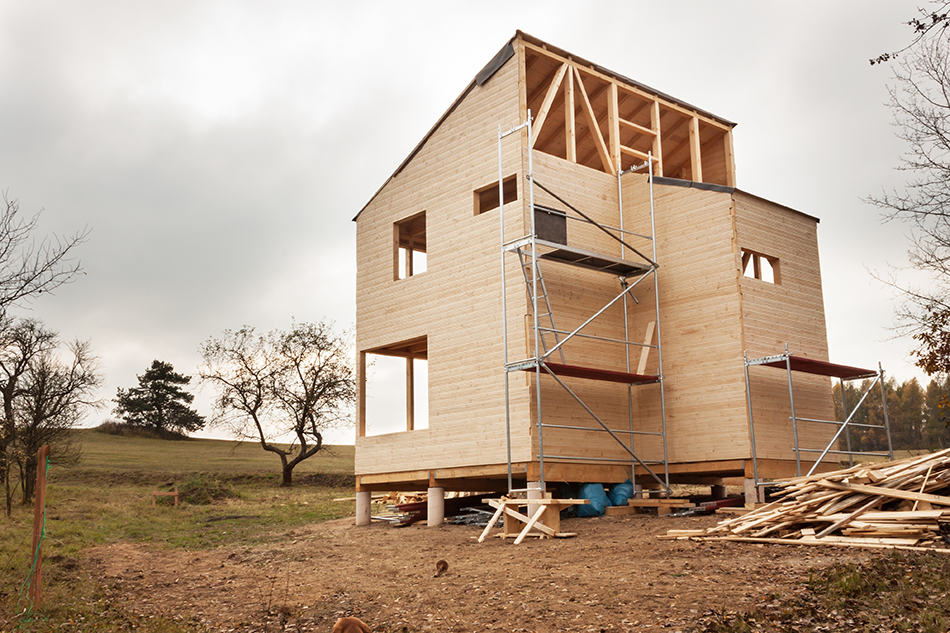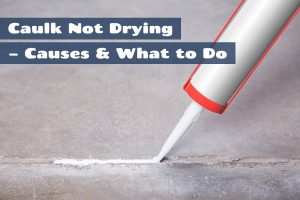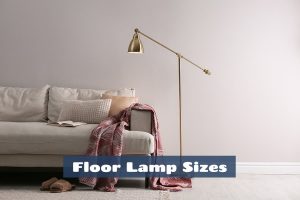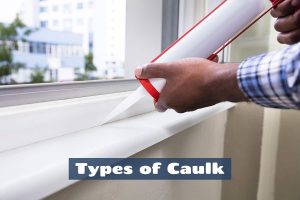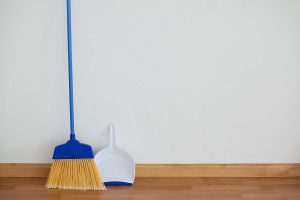You’ve heard about your home builder mention building envelopes before. But you don’t have any idea about it.
Unlike other parts of a house, the building envelope is practically unknown to many people. It’s quite unfortunate, though, considering the critical role it plays in keeping us safe and comfortable all year long.
What is a building envelope? Is it a part of the house? But more importantly, what are the functions that it plays? How would a building envelope impact your family? And what are the common mistakes that often lead to building envelope failure? This article will answer those questions and more.
Defining a Building Envelope
The simplest definition of a building envelope is the exterior part of the house designed to repel the elements. It’s not composed of one structure, though. It’s a system that is composed of numerous components and systems designed to protect the interior space from the elements like wind, the harsh rays of the sun, and humidity, among others.
On the outside, the building envelope is composed of the roof, wall, windows, doors, and foundation. Inside, the building envelope consists of the building materials, heating, ventilation, and air conditioning (HVAC) system, lighting, machinery, and equipment.
Building envelope systems can be categorized into two types: dual and single stage. The former consists of a primary barrier and a secondary waterproofing system. An example would be a brick masonry veneer wall. The primary barrier is the brick veneer, but since the water migrates through masonry, a waterproofing membrane and flashing system capture and diverts the water back to the exterior.
On the other hand, a single-stage building envelope system makes use of the exterior skin to prevent leakages. Examples would be insulated metal panels and roof metal panels. But regardless of the type of envelope system, there must be flashing to prevent, capture, and manage water leakage.
Functions of a Building Envelope
One of the essential functions of a building envelope is the provision of structural support. After all, the building envelope holds the building together. The exterior components of the building envelope– the foundation, the walls, the roof, the doors, and windows– keep the building standing.
The foundation and the walls, in particular, are critical in firming up the base for the rest of the house. In short, a well-constructed envelope is essential if the structure is to remain standing for many, many years.
Controlling the elements is another important function of a building envelope. This component of the house keeps elements like humidity, moisture, and wind from entering the interior and causing major damage. This is not only a major concern for homes but equally important for commercial properties like warehouses. Two components- insulation and building paper- are integral to this by serving the moisture control units.
Moisture control means regulating the transfer of moisture inside the home. This is a function that a building envelope adequately plays. Moisture may appear a minor inconvenience, but the truth is, it presents a danger to the overall integrity of a building. Therefore, it should be addressed early.
The building envelope plays a crucial role in rain control, too. The roof, a key component of a building envelope, is designed to resist water and keep our heads dry, especially during the rainy season. Roof types can be categorized into two: flat and pitched. The latter type of roof sheds water but can’t resist standing water. On the other hand, flat roofs are designed for that purpose. Roofs may also be ventilated so that moisture due to leakage and condensation can be eliminated or prevented.
The walls of the house don’t receive or get exposed to water in the same way that the roof does. Yet, there’s still the possibility that water would leak through it. Therefore, we see different wall systems intended to prevent water penetration. These include a barrier, drainage, and surface-sealed walls. Barrier walls let water be absorbed instead of penetrating the wall. Drainage walls, meanwhile, drain out water that may leak into the wall. Finally, sealed-surface walls prevent water from penetrating the exterior surface of the siding material.
Last but not least, building envelopes also affect the property’s finish. The exteriors of a building provide curb appeal and consequently impacts its finish. The use of appealing materials and designing popular styles also contribute to a high-quality finish for a building. For instance, the use of a metal roof is primarily for locking in the air. But it can also affect the building’s aesthetics as it can make it look more contemporary than, say, the use of a traditional shingle roof.
Understanding Building Tightness
Building airtightness or envelope airtightness is defined as the resistance to air leakage, both inward or outward, through unintentional leakage areas in the building envelope. Building envelopes are often described as either loose or tight. Now, what’s the difference between the two?
A loose building envelope lets more natural air transfer happen. In turn, this enhances the indoor quality and eliminates the need for ventilation inside the building. It can be intentional, meaning the builder designed the building envelope to be loose. Yet, it is also common that a loose building envelope occurred because of poor construction.
A loose building envelope has its drawbacks in the same way that it has its advantages. While a loose building envelope makes the house more well-ventilated, it can also increase the risks of mold or mildew. Higher qualities of cooled or heated air are also able to escape through a loose building envelope. This, in turn, can increase your energy bills. And there’s the issue of the negative impact on the environment as a loose building envelope lets the house release more greenhouse gases.
On the other hand, a tight building envelope is the complete opposite of a loose building envelope. It has more insulation, sealant, caulk, adhesive tape, and energy-efficient windows to make the building tightly-sealed. And this brings forth numerous benefits or advantages such as prevention of insect infestation, removal of moisture vapor inside the home, and keeping rain, wind, groundwater, and moisture vapor. Moreover, a tightly sealed building envelope adds to the structural integrity of the house.
One of the more critical benefits of an air-tight building envelope is the reduction of energy usage or consumption at home. Do you know that up to 40 percent of the heating and cooling loss of a home is brought about by air leakage? Therefore, you can get to save more on electric bills if the building envelope of your home is tightly sealed.
Another reason you’d want the building envelope of your home to be tight is that it can make your home more comfortable and pleasant. A tight building envelope makes it easier to control the quality of the air inside the home.
There’s also a low risk of mold or mildew growth due to moisture infiltration with a tightly-sealed building envelope. This is a critical benefit, especially if your family members have a history of asthma and other respiratory problems.
The low risk of mold or mildew growth can also be a boon to you as the homeowner. This can help in prolonging the life of the components of your house. Moreover, a tightly sealed building envelope prevents other air leaks for tighter control of air pressure inside the house.
But the downside is that you’ll need more mechanical ventilation inside the home as a tight building envelope limits natural ventilation. This makes air conditioning inside the homework harder. It’s expensive and uncomfortable on your part. Let’s say that the air conditioning system in your home was shut off all during the weekend because you were away. It would take longer for your home to cool on Monday morning if the building envelope allows for leaks and drafts.
Possible Causes of Building Envelope Failure
Failure of home buildings can be attributed to inefficiencies during the construction process. One of these inefficiencies is poor design. Keep in mind that every building must have an envelope to address specific needs. Designs that are either too generic or fail to address all criteria may not account for water exposure, thermal movement, and structural demands.
Building envelope failure may also be attributed to the use of improper materials. Several different materials are used in building envelopes like metal, glass, and chemical adhesives. These materials may fail if exposed to stresses, temperature, and moisture levels outside of their range. Materials may also prove to be defective because of poor manufacturing. Also, low-quality materials that won’t perform as intended may cause building envelope failure.
We can also blame human error and oversight in building envelope failure. Rushed construction jobs and those who were handled by inexperienced contractors could result in home envelope failure. And even nature can be blamed. Natural disasters like strong typhoons can cause building envelopes to fail.
But how can you reduce the risks of these factors from ruining your home building? Frequent home inspections of professionals and even regular home improvement projects can help you catch early signs of building envelope failure.
